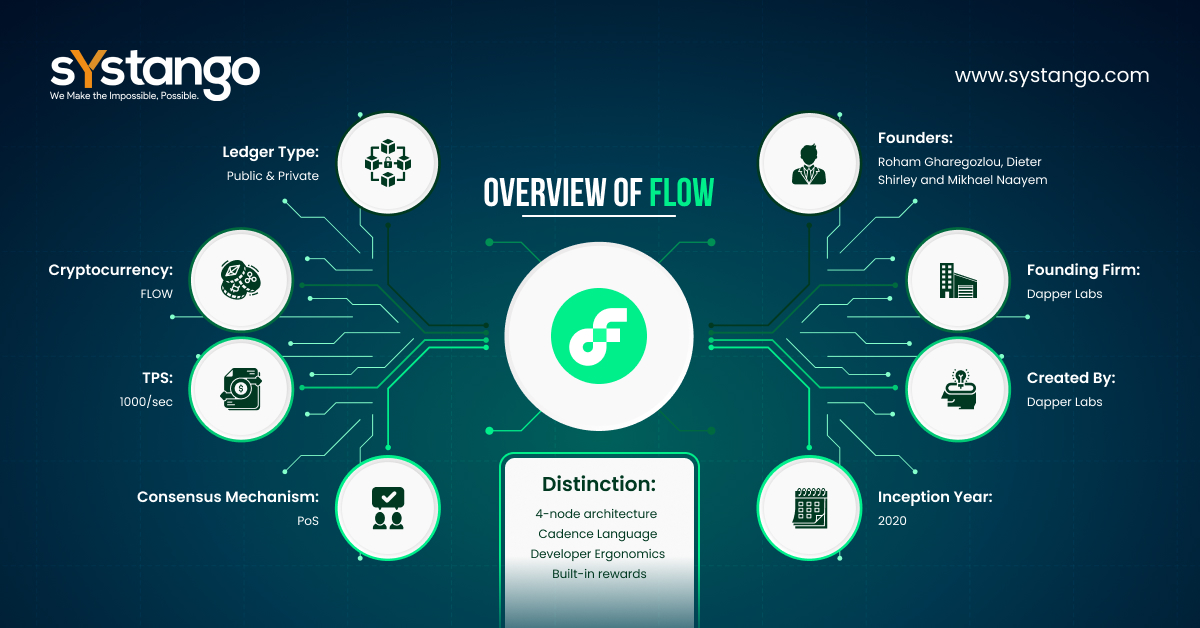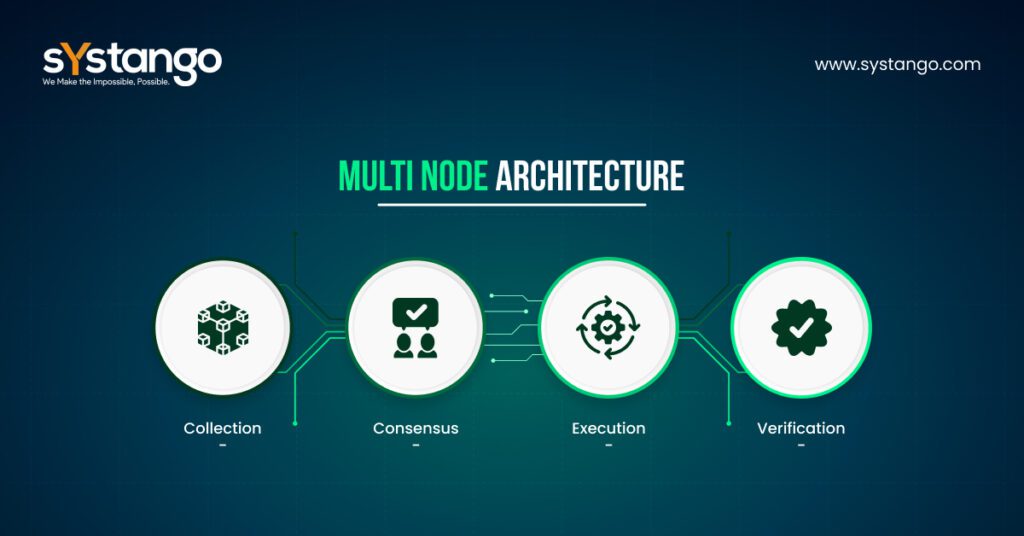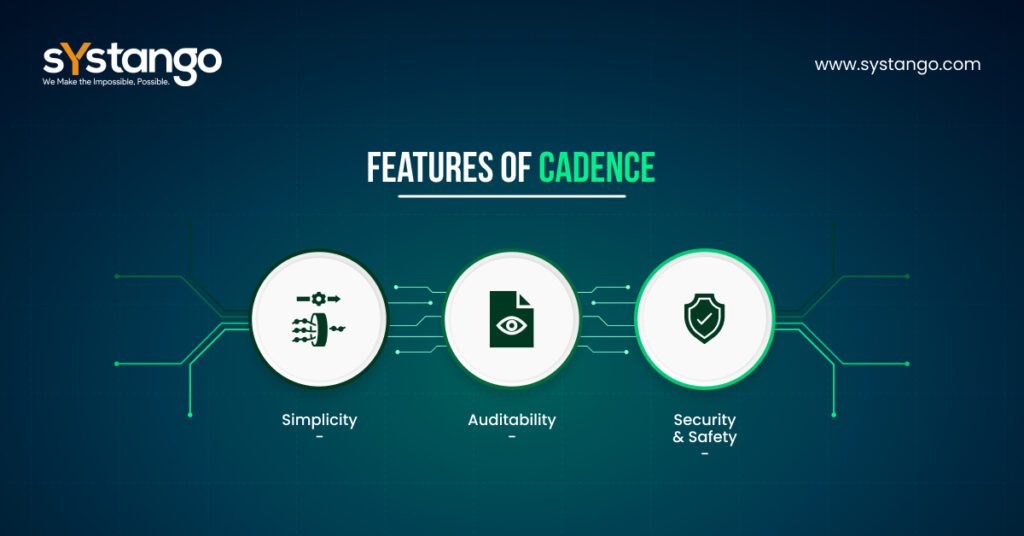All You Must Know About Flow Blockchain Platform
Published on 08 Jun 2022

All You Must Know About Flow Blockchain Platform
Are you looking for a brief introduction to the Flow blockchain platform? This guide will help you understand the primary concepts around it. Let’s dive in!
In Brief
- In 2017, Dapper Lab’s Crypto Kitties clogged up Ethereum, prompting the development of the Flow blockchain.
- Flow is a PoS blockchain specifically designed for Web3 assets like crypto games and NFTs.
Flow is undoubtedly positioning itself as a go-to blockchain platform for building next-gen games, applications, and digital assets such as NFTs. Low transaction costs and a completely user-centric experience is enticing users, developers, and validators to participate in the ecosystem.
Whether you are a developer or a stakeholder; here’s all you must know about the much-famous NFT & Gaming Blockchain.

What will you learn?
- What is Flow Blockchain?
- Flow: Brief Story of Inception
- How does Flow Work?
- Cadence: Programming Language of Flow
- Flow’s Open Source Tooling
- Why should you prefer Flow blockchain?
What is Flow Blockchain?
Flow is recognised as a revolutionary, decentralised, and developer-friendly blockchain. It is a purpose-built blockchain platform to support large-scale dApps, NFT collectables and crypto games. The flow blockchain operates on a multi-node architecture that scales any decentralized application without sharding (the process of splitting a blockchain horizontally to spread the load).
Flow blockchain efficiently bypasses all the issues associated with sharding. In fact, it lets blockchain developers build applications as platforms with one atomic, consistent, isolated, and durable (ACID) transaction.
On a whole, dApps built on Flow offer a splendid user experience and complete composability; letting the developers work on each other’s work.
Flow Blockchain Platform: Brief Story of Inception
Flow comes with quite an intriguing story. Imagine creating a game on Ethereum so good that it renders the platform almost unusable. Well, if you’re thinking we’re making this up! This has been the foundation stone of Flow blockchain.
AxiomZen is a startup that has been dabbling into cryptocurrency since 2013. They launched Crypto Kitties, an NFT game on Ethereum in 2017. CryptoKitties was a trading game that allowed users to collect, buy, and breed digital cats. The game received so much love from users, that it led to sky-high gas fees on Ethereum; bringing the blockchain to a grinding halt. The game went viral and literally resulted in congestion on the Ethereum network.
In the aftermath, the AxiomZen team discussed the scalability of Ethereum for CryptoKitties with its developers including Vitalik Buterin, creator of Ethereum. However, they didn’t receive any satisfactory answers.
That’s when the AxiomZen team decided to go ahead and create their own blockchain platform that can successfully support the scalability of Crypto Kitties.
In 2018, AxiomZen founded Dapper Labs, a Canadian software company that became the owner of the Crypto Kitties brand. The team further worked on creating a contemporary blockchain platform that would effectively attract a larger number of mainstream users.
Consequently, Flow was introduced to the blockchain community.
How does Flow Blockchain Platform Work?
Every blockchain platform tends to offer a validation mechanism for each transaction. Flow distinguishes itself from others with multi-node architecture.
You might be aware of how most Ethereum-based blockchain platforms operating on the Proof of Stake mechanism have been working. When there arises a problem in scaling the application or processing a large number of transactions; they look up to layer 2 solution; lowering the transaction costs and increasing throughput (transaction speed).
Instead of relying on off-chain solutions, Flow creates several subdivisions of its networks for the total work to be divided across four different nodes. The function and roles of each of these nodes are distinct.
Multi-Node Architecture

Inspired by the assembly line concept in manufacturing and pipelining in CPU design, the Flow team presented the current architecture of the platform. Just as any assembly line comes with specialized areas, Flow has specialized nodes. These nodes are specialized based on their economic state and hardware capabilities. Overall, this structure empowers the network to scale without sharding and addressing substantial decentralization participation.
What fascinates us about Flow blockchain is how it distributes the work on the platform amongst specialized nodes. No single node is being burdened with the job of completing a task in the platform. In fact, specialized nodes will take up respective tasks to collect transactions, verify correctness, and come to a consensus.
What are specialized nodes in Flow blockchain?
There are four different types of nodes that take the responsibility of validating a transaction on the blockchain. Below are the core roles performed by each node:
- Collection Nodes boost data availability and network connectivity.
- Consensus Nodes determine the order of transactions.
- Execution Nodes accomplish computation for each transaction.
- Verification Nodes assure the functioning of execution nodes.
These specialized nodes are the reason behind Flow’s ability to scale up any dApp build on the platform dramatically. Unlike Sharding (where tasks are distributed horizontally), the separation of labor/jobs/tasks is done vertically for each transaction on this blockchain platform.
So, the fundamentals of Flow blockchain state that each validator node will validate every transaction; but only on one stage. When this occurs, we witness better throughput(speed), lower cost, and considerable improvement in scalability.
In a nutshell,
- Collection Nodes boost the efficiency of the platform.
- Consensus Nodes guarantee decentralization.
- Execution Nodes foster scalability and speed.
- Verification Nodes ensure the correctness of transactions.
Cadence: Programming Language of Flow Blockchain

One of the most distinguishing features of Flow blockchain is its programming language, Cadence. It is referred to as the first ergonomic, resource-oriented smart contract programming language. It has been specifically designed to embed security, approachability and safety in the code.
You must know that the syntax of Cadence is inspired by modern programming languages such as Rust, Swift, and Kotlin; making its semantics much more familiar for developers.
Features of Cadence
-Simplicity: Cadence makes it easy to compose code and offers exemplary tooling to boost usability and productivity.
-Auditability: With a trimmed cost of verbosity, Cadence focuses on readability. It makes it easy to verify the code and make the intentions of the code clear.
-Security & Safety: Inspired by linear types, resources in Cadence follow a strong static type system with preconditions and postconditions for contracts.
Flow Blockchain’s Open Source Tooling
The Flow community has been actively introducing open-source tools for developers. Below is a list of a few of them:
Flow JavaScript SDK
With Javascript SDK, frontend developers can effortlessly interact and integrate with Flow. The users can construct composable interactions, create dapps and develop without using application binary interface (ABIs).
Flow Go SDK
For backend developers, Flow has launched Go SDK, with scalability in mind. Dapper Labs has always kept Go (a popular backend programming language) as their go-to choice when they have focussed on performance.
Flow Playground GUI
Learn about developing smart contracts on Cadence with this hosted, in-browser development environment. The users can test and comprehend more about the smart contract language by practically implementing their programs.
Visual Studio Code Extension
Developers can use Cadence language natively in Visual Studio Code. With this, the developers can leverage their favourite IDE for testing smart contracts and finding errors.
You can join the Flow community on Discord to connect with Flow’s engineers and product team to get your queries answered.
What is Flow Playground?
Flow playground is an interactive web interface that lets blockchain developers learn about building dApps, and writing and executing smart contracts on Flow blockchain. It was introduced in 2020 to encourage users’ participation in the community by sharing and saving their respective works with others.
On Flow playground, users can write contracts, develop on-chain currencies, marketplaces, collectables, and more using Resources, which is an uncomplicated and effective way to programmatically model ownership of valuable assets.
Why should you prefer Flow blockchain?
NFTs, virtual gaming worlds, and cryptocurrencies are becoming more mainstream. Low transaction costs and ease of use are two of the major requirements to come up with a developer-centric and user-oriented product.
Flow blockchain platform is capable of delivering such capabilities. Apart from its huge potential in the blockchain development space, below are the reasons you should prefer Flow blockchain:
- Flow offers very low transaction and account creation fees.
- Authors can update/edit code before making Smart Contracts immutable.
- Flow heavily focused on making it easy for non-crypto users to get involved.
- Top brands like UFC, NBA, Samsung and Ubisoft have toiled Flow for projects.
- With Flow, developers can focus on business reasoning rather than understanding complex blockchain technicalities.
In conclusion, we would highlight that the Flow ecosystem and FLOW token persist in rapid expansion. With more developers and stakeholders around the globe getting engrossed in blockchain development, Flow is well-positioned to become a pivotal part of the mainstream adoption within the blockchain community.
Related posts
Blockchain
VoidAI
Bittensor
Cross-Chain Infrastructure
AI + Blockchain
Web3 AI
Inside VoidAI: Building Cross-Chain Economic Infrastructure for Bittensor
06 Jan 2026
Web 3
Blockchain
Inside Bittensor: How Decentralised Machine Learning Is Redefining AI Collaboration
10 Nov 2025
Let’s talk, no strings attached.